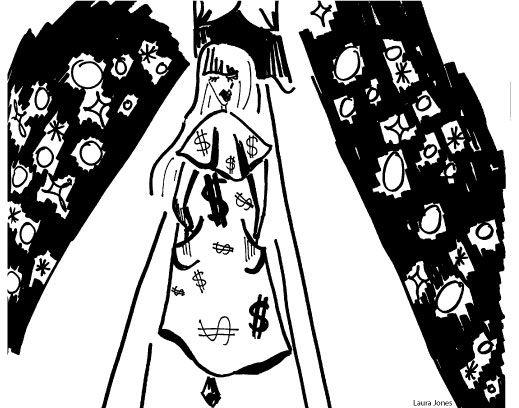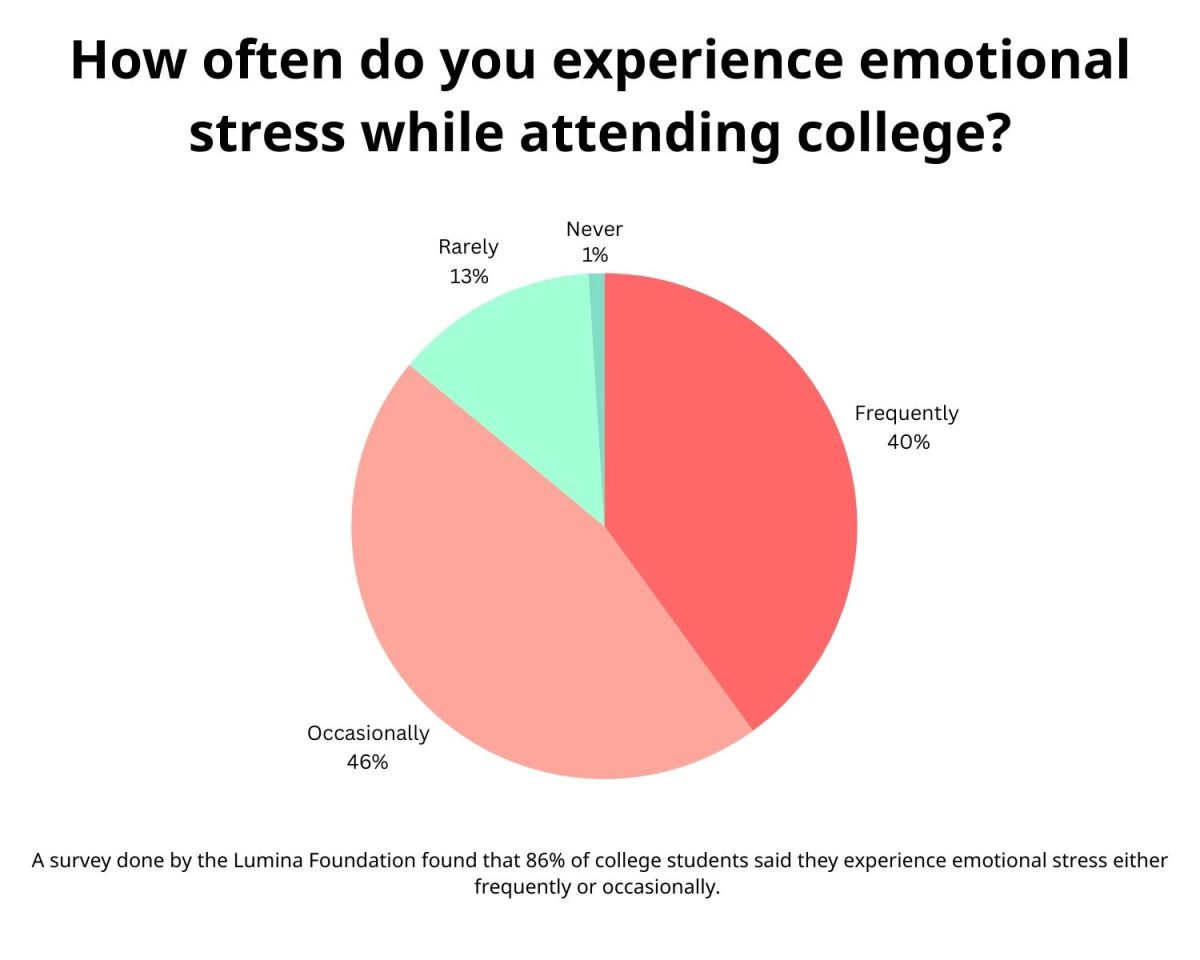I would like to start this column off with a disclaimer of some sort: on any given day, I look like a 35-year-old mother of three children, all of whom simultaneously hang off her hip as she walks out of Old Navy. I am by no means in touch with the fashion industry, their standards, ideals nor practices.
With all of that being said, I have noticed a trend in the fashion world by quick encounters of someone in awe on social media. That is, the sheer amount of glamour when designers flaunt their new pieces on runways.
Fashion United claims the global fashion industry is a $3 trillion industry, and makes up two percent of the world’s gross domestic product. Out of every country, and all of the goods and services each one provides in one year, fashion is a whopping two percent. This may seem miniscule, but keep in mind it is calculated by all goods produced, and all services provided from all countries.
So just where the hell are designers getting all this money from, and why are they spending it on such elaborate runway shows?
Guy Trebay reported for the New York Times on Marc Jacob’s 2011 fashion show. Five hundred guests watched 63 models each showcase one of the designer’s pieces. The president of the brand said the whole show was $1 million at least, but was likely more.
Dhani Mau for Fashionista delved into how much each show can cost, specifically during New York’s Fashion Week. For the average brand putting on a show with the bare necessities, “excluding celebrities, $200,000 is a reasonable amount a brand might spend on a basic runway show.”
Excluding celebrities? That is right, Mau said brands will spend upward of $100,000 to have a-list celebrities sitting front row at their events.
But no worries, runways are more than just fake glitz and glam, and buying celebrities’ time, right? Let us not forget the infamous Victoria’s Secret Fashion Show—the show focusing on the objectification and sexualization of women? Yeah, that’s the one. Hannah-Rose Yee for the New York Post found their 2017 show was a cheeky $26.4 million to produce.
And what is this designer’s show without the Victoria’s Secret Fantasy Bra? Yee said for the 2017 show, one lucky model got to don her boobs with an 18 karat gold bra decorated with more than 600 carats of various oversized jewels. This single piece of lingerie was worth $2.64 million, which was nowhere close to the designer’s most expensive Fantasy Bra.
Let us get down to the nitty gritty. There are only two purposes bras serve: support or eye-appeasing lingerie. Because these bras are made to fit the model who wears it, and because no romp in the hay could ever possibly be worth $2.64 million, there is no justifying buying this useless bra. Thus, these bras are rarely ever sold, so the jewels are taken apart and assembled into other pieces. So essentially, it is all for naught.
For brands with such notoriety, I have always wondered why such elaborate shows are even necessary. We are seeing various artists doing the unthinkable: musicians are dropping albums with no warning beforehand, painters are shredding their work as soon as the gavel hits the podium and countless pop-up concerts are taking stages around the country.
All I am suggesting is the fashion industry could jump in on this movement, too. Who says there needs to be a runway for each season? Instead, maybe they could put the money they would spend on a show toward more important things—like paying their workers better, giving to charities, or, I don’t know, investing in ways to change fashion production to reduce pollution.
The fashion industry, specifically fast fashion, is one of the largest polluters in the world, only second to the oil industry, as reported by Glynis Sweeny for EcoWatch.
Let that sink in: there is oil, and then there are clothes. What on earth is going on in this industry to make it fall in line behind oil?
With as much notoriety as brands have, if bigger brands were to drop their shows, the smaller brands would be able to follow suit. There would be a ripple effect throughout the industry, making it the new norm. This means brands would not have to drop prices—because, ladies, who would ever want to spend less than at least $300 for a purse? —and they would be able to move their money and power elsewhere.
I am not saying we should not buy designer clothes—spend your money however your heart desires. All I am saying is runway shows seem to be unnecessary expenses. The clothes modeled are not for sale and rarely get used again, so they really are a waste of money.
Instead of wasting so much cash, designers should consider more creative ways to “drop” their new lines. With the money saved by not having a runway show, maybe they can find ways to put it to good use.
Categories:
All that glitters is not always gold, especially in the fashion industry

All that glitters is not always gold, especially in the fashion industry
0
More to Discover





